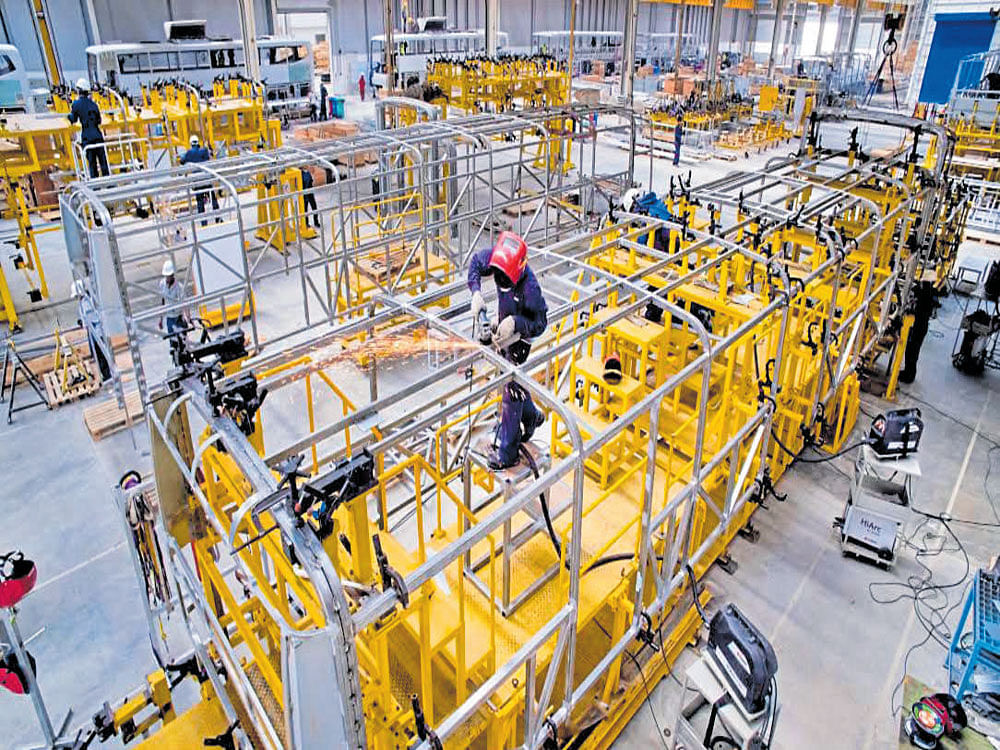
Writing a month ago, once again I raised the possibility of a generic slowdown: The Survey attributes the slowdown in consumption expenditure mainly to the travails in the Non-Banking Financing Companies (NBFCs) which affected the credit extended for purchasing vehicles, lowering the demand for automobiles. However, anecdotal evidence raises the possibility that the consumption slowdown is broad-based and even affecting the top line of non-durables (the so-called fast-moving consumption goods).
The point is not to blow one’s own trumpet, but merely to demonstrate that this train wreck in slow motion was visible to anyone who cared to look for quite some time. The stock market bubble had concealed the problems in the real economy; yet, at some point the bubble had to burst, revealing the true extent of the problem.
To understand the current issue, one needs to go a decade earlier. Then, the economy was growing and corporate investment was robust. However, much of the investment was based on wildly optimistic assumptions, which were later belied by harsh economic realities. As the risky bets went awry following the global economic crisis, it was inevitable that the economy would not return to the good old days. Some cooling off was inevitable.
However, a modest recovery was underway around 2016. One chart tucked away in the annual report of Hero MotoCorp Ltd., the leading manufacturer of two wheelers, throws some light on what exactly happened. Buoyed by the robust rural demand following a normal monsoon after two deficient years, the sales of two wheelers was growing at a whopping 28 per cent (annualised) till october 2016. However, immediately after demonetisation, sales plunged into negative territory. There was a modest recovery later, but the broken momentum was never regained.
As a recent article published by journalist Puja Mehra shows, the decline in corporate investment was a jaw dropping six trillion rupees in the same year. Blunt as the shock was, it was further compounded by the narrative surrounding demonetisation. Somehow the success of the entire exercise started being measured in terms of how cashless the economy becomes.
The process of remonetisation was long drawn. A number of legal measures, somewhat draconian in nature, discouraging the use of cash were announced. The shortage of cash remained in the system for long, even to the point where it created panic runs on ATMs.
To anyone with a basic understanding of economics, this was giving nightmares. Why that should be the case? Think of the scarcity of any essential commodity say cooking gas, petrol and so on. What would you do if there is a sudden shortage of these essential commodities? The answer is simple: You will cut down the use of those commodities and try to stock up as much as possible.
Similarly, when there is a shortage of currency in circulation, people will try to hoard it rather than spend it. But money, unlike ordinary commodities, is a generic means of payment. When a large number of people simultaneously try to hoard cash, there would be deficient demand for almost everything else, from two wheelers to Parle-G biscuits. In a nutshell, this is what is happening in the Indian economy.
Slowdown is not a fact of nature, nor has it erupted out of nowhere in the economy. Nothing fundamental has changed in the economy in the last couple of years. With correct policies the slowdown is very much reversible. However, the solution requires junking certain shibboleths: You cannot solve a problem with the same mindset that created it in the first place.
(Avinash M Tripathi is Associate Research Fellow (Economics) at Takshashila Institution)